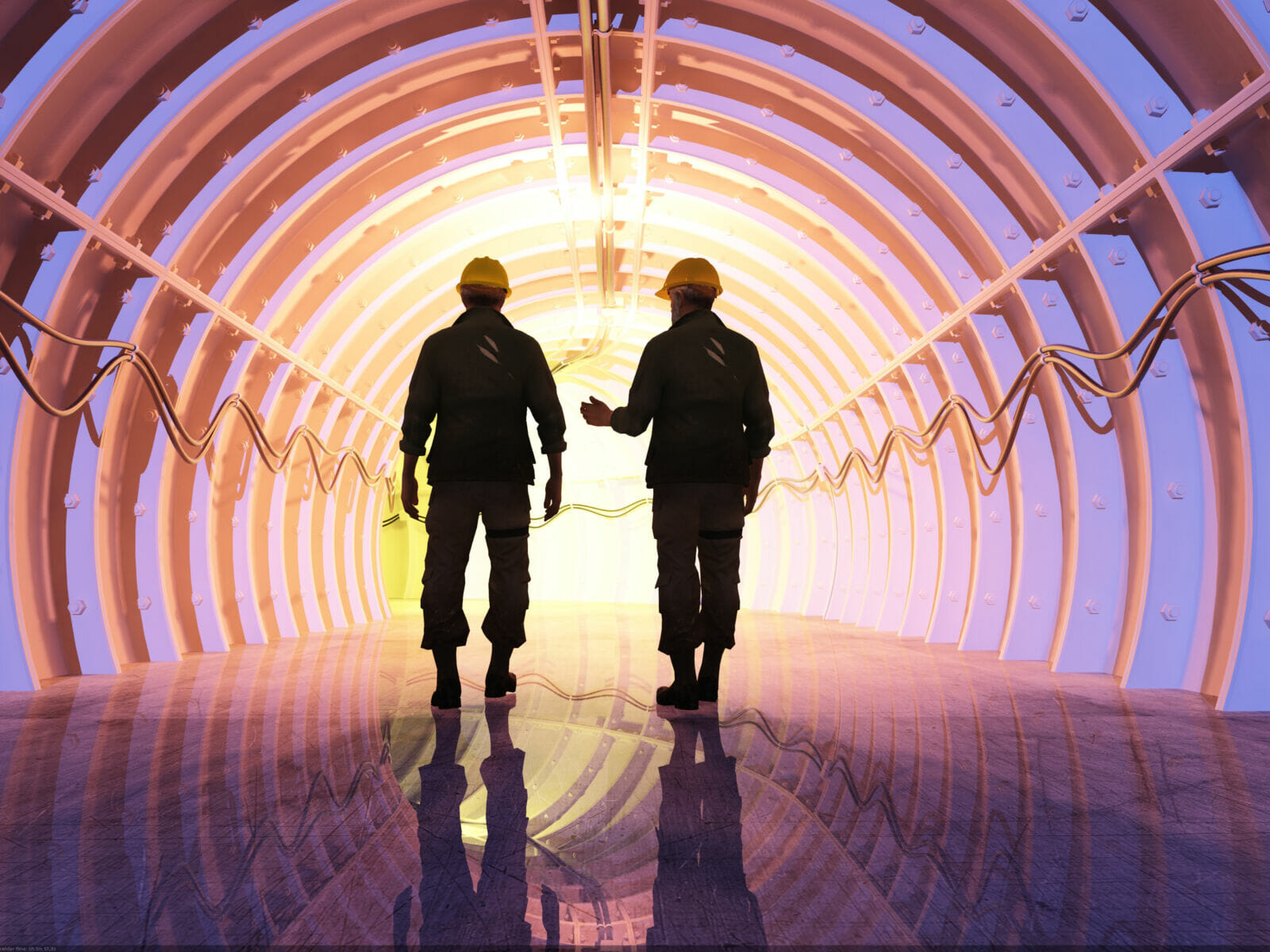If you ever watched “Undercover Boss,” then you know the show’s premise involved wealthy executives posing as entry-level employees. Moguls like Steven Cloobeck, founder and former chariman of Diamond Resorts, and Mitch Modell, president and CEO of Henry Modell & Company and of Modell’s Sporting Goods, disguised themselves, later revealing their true identities. In the process, they often financially assisted or gifted employees in need. Mining is very much like an undercover boss. At first glance, it looks kind of familiar, but it’s not recognized as something particularly powerful. But, after closer inspection, what you come to realize is mining is a true boss for Arizona’s economy. In fact, in Arizona, mining packed a $15.4 billion economic impact in 2020. Now, that’s a boss move.
READ ALSO: Arizona mining industry steps up to meet skyrocketing demand for copper
Copper helps drive demand and dollars
In addition to being a key fiscal driver, Arizona’s mining industry is a job producer, high-wage generator, and tax revenue creator.
“According to the National Mining Association, the U.S. mining industry, directly and indirectly, employs more than 1.5 million individuals paying in excess of $95 billion in labor income,” says Norm James, director of natural resources for Fennemore.
In 2020, the mining industry generated close to 48,000 direct and indirect jobs in Arizona. And mining jobs are among some of the highest earnings in the state, with an average wage of $81,000 per year — compared with an average wage for all workers in the United States of $59,000 per year.
If you’re wondering what makes Arizona mining an economic impact gangbuster, there are several reasons. And one of the most prominent is copper.
“The future demand for Arizona copper and other needed minerals will continue to escalate,” says David Kimball III, shareholder for Gallagher & Kennedy, “due not only to the dramatic increase in global demand for electric vehicles and other green energy technologies, but also for the needed infrastructure that enables the harnessing green power.”
Earlier this year, GM announced that it aims to stop selling petrol-powered and diesel models by 2035, and Audi had a similar proclamation targeted for 2033. According to Kimball, Zimtu Capital Corporation recently reported, “electric vehicles will require on average of approximately 83 kilograms (183 pounds) per manufactured vehicle, an increase of 277%, or three times more copper than for traditional vehicles.”
EVs and their other green-technology counterparts, however, are only a small sampling of copper use and demand.
Copper is also sought in the medical field for its antimicrobial characteristics. In national defense, it’s critical to aircraft and advanced weaponry. And commercially, copper can be found in smartphones, tablets, and other mobile devices.
“Today the world uses 10 times as much copper per year than it did in 1950, and that number is increasing with the population and the demand for green energy technologies,” Kimball says.
And if you’re wondering how Arizona measures as a copper producer compared with the rest of the world, the U.S. is the fourth-largest copper-producing nation (in 2019) with Arizona (in 2020) accounting for 74% of total national copper production.
Demand for minerals maintains an upward trajectory
While it’s clear mining has and currently is essential to supporting Arizona’s economy, will it continue to be looking forward to the next five years, 10 years? Yes.
Mineral demands are expected to grow as much as 1,000% by 2050. And going back to EVs, much of this demand will come from automakers, which plan to spend $300 billion globally to produce new EVs over the next decade.
Additionally, points out Dr. Brad Ross, interim director for the University of Arizona’s School of Mining and Mineral Resources, “The Infrastructure Investment and Jobs Act makes mining even more critical to Arizona’s economy.”
In the next year, according to Ross, construction will begin on a wide variety of projects that range from roads and bridges to airports and railroads. Mining will be called upon to supply the basic materials of sand, gravel cement, and rock products to make these projects possible and bring billions of dollars into the state.
Could challenges slow supply?
While future demand is clear and steady when it comes to the need for minerals, the supply chain outlook is less so.
“We seem to be making mining more costly and difficult,” James says, “rather than supporting the industry and ensuring that our future supply of minerals will be secure.”
And, the reason for uncertainty in securing the minerals needed — even crucial ones such as the 14 minerals deemed critical by the secretaries of defense and the interior — is somewhat of a Catch-22, according to James. “Mining in the United States is among the most heavily regulated industries in the world,” he says. “Too often, critics of mining point to mines that operated many decades ago, when environmental standards and enforcement were largely non-existent, to argue that mining should not be allowed.”
Additionally, permitting delays pose a risk to many U.S. mining projects. “Because of the extensive nature of regulation, and as well as litigation by opponents of mining, it takes about 10 years to obtain the permits needed to operate a mine in the United States,” he says.
Despite the challenges, however, Arizona mining will likely continue to covet its deserving status as an economic boss.
After all, as Kimball so perfectly states, “We know if it can’t be grown, it must be mined. Contributions to the Arizona economy from the Arizona mining industry should increase over the next year, five years, and into the next decade as the demand in mined goods for electric vehicles and other green energy technologies escalates.”




